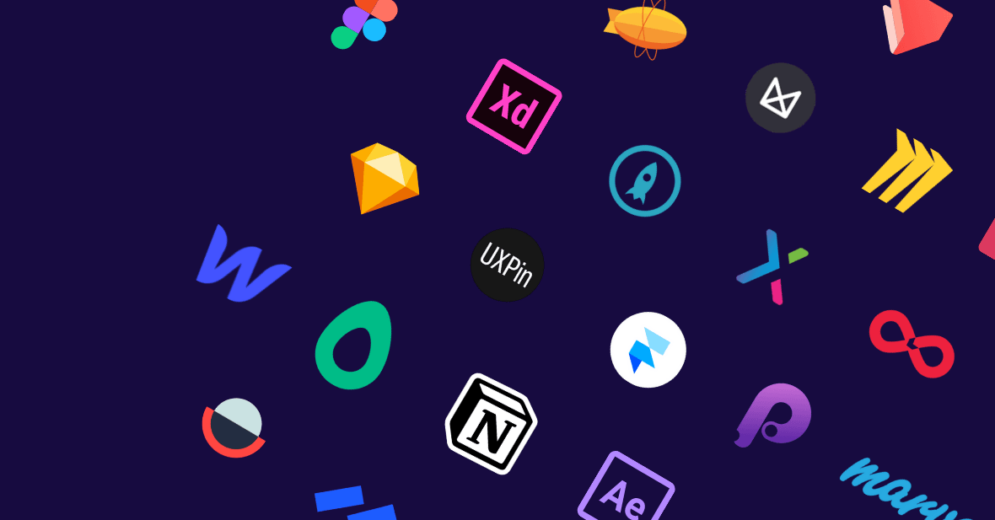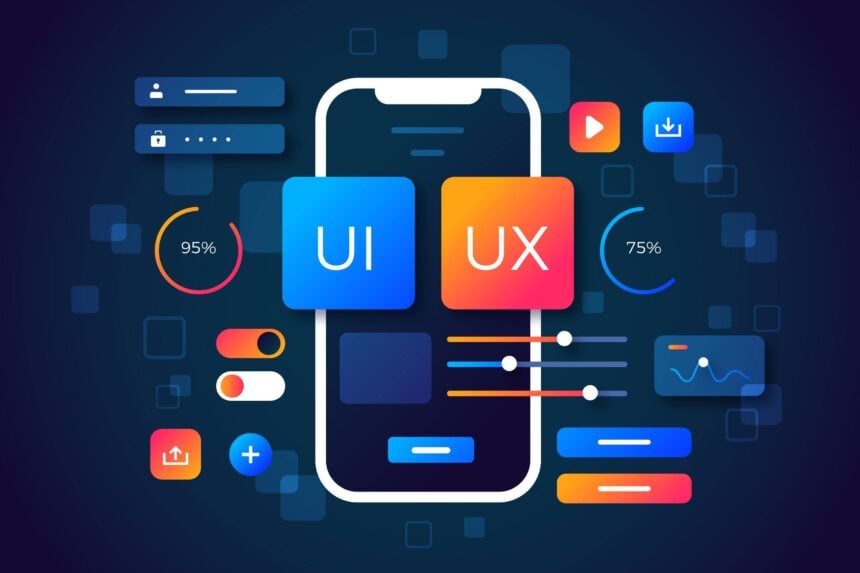In the world of digital design, two terms often get thrown around interchangeably but actually mean quite different things: UI and UX. While they both play crucial roles in creating a successful product, understanding their distinctions can greatly enhance your appreciation for what goes into crafting a user-friendly experience. So, let’s dive into the realms of UI and UX, unravel their meanings, and explore why they are both essential pillars of modern design.
What is UI?

UI stands for User Interface. Think of it as the “look” and “feel” of a digital product—the graphical layout, buttons, text, images, sliders, and all the visual elements a user interacts with. When you open an app or visit a website, the UI is what greets you first. It encompasses everything designed for the user’s interaction—colors, typography, spacing, and responsive design elements that make navigation intuitive.
A good UI designer focuses on creating interfaces that are aesthetically pleasing, visually consistent, and functionally intuitive. They blend creativity with functionality to ensure that users can easily navigate and interact with the product without confusion or frustration. In essence, UI design is about the presentation and interactivity of a product.
The Essence of UX

UX, on the other hand, stands for User Experience. It delves deeper into the overall experience a user has with a product. While UI focuses on the surface level—how things look and where they are placed—UX design is concerned with the entire journey of the user. This includes their emotions, perceptions, and responses when they interact with the product.
A UX designer’s goal is to make the user’s interaction as seamless and efficient as possible. This involves understanding user behaviors, conducting research, creating user personas, and designing wireframes and prototypes to test and improve the product flow. UX design aims to answer questions like: Is the product easy to use? Does it solve the user’s problems effectively? How can we improve the user journey to increase satisfaction and usability?
Key Differences
The main difference between UI and UX can be summarized as follows:
- UI focuses on the look and feel of the product.
- UX focuses on the overall experience of the user interacting with the product.
While UI is about creating visually appealing designs that users find attractive and easy to use, UX ensures that these designs contribute to a positive, meaningful, and enjoyable experience for the user.
Collaborative Relationship
In practice, UI and UX are highly collaborative disciplines that work hand in hand to create successful products. A beautifully designed UI may catch a user’s attention initially, but it’s the seamless UX that keeps them engaged and coming back. For instance, consider a mobile banking app: the UI design makes it visually appealing and easy to navigate, while UX design ensures that transferring money, checking balances, and managing accounts is straightforward and secure.

Tools of the Trade
Both UI and UX designers use a variety of tools to achieve their goals. UI designers often work with graphic design software like Adobe XD, Sketch, or Figma to create visually compelling layouts and prototypes. They pay attention to color schemes, typography, and iconography to ensure consistency and clarity across different screens and devices.
UX designers, on the other hand, utilize tools like Axure RP, InVision, or UXPin to create wireframes and prototypes that simulate the user journey. They conduct usability tests, gather feedback, and iterate on designs to refine the product and improve the overall user experience.
The Evolution of Design Thinking
The fields of UI and UX design have evolved significantly over the years, driven by advancements in technology and a deeper understanding of human-centered design principles. Early websites and applications focused primarily on functionality, often neglecting aesthetics and user experience. However, as digital platforms became more prevalent and competitive, the demand for intuitive, user-friendly designs grew.
Today, successful companies recognize the importance of investing in both UI and UX design to differentiate themselves in the market. Whether you’re developing a mobile app, a website, or a digital product, prioritizing both UI and UX ensures that your product not only looks great but also delivers a seamless and satisfying experience for your users.
Conclusion
In conclusion, while UI and UX are often used interchangeably, they represent distinct aspects of the design process. UI focuses on the visual presentation and interactivity of a product, while UX delves deeper into the overall experience and usability. Both disciplines are essential for creating products that are not only visually appealing but also intuitive and enjoyable to use.
By understanding the roles of UI and UX designers, businesses and designers alike can collaborate more effectively to create products that meet the needs and expectations of their users. Ultimately, the goal of UI and UX design is to enhance the human-computer interaction and ensure that users have a positive and memorable experience with the digital products they interact with every day.




